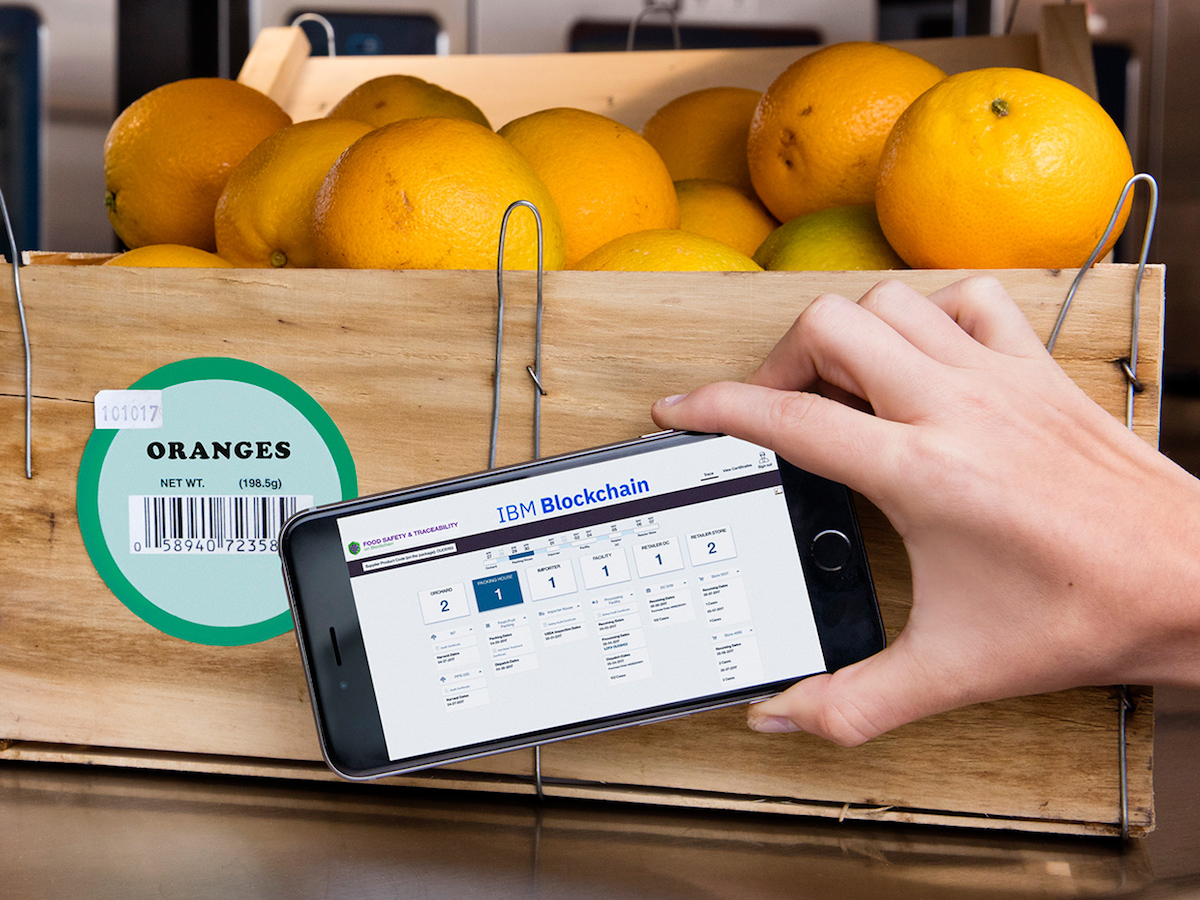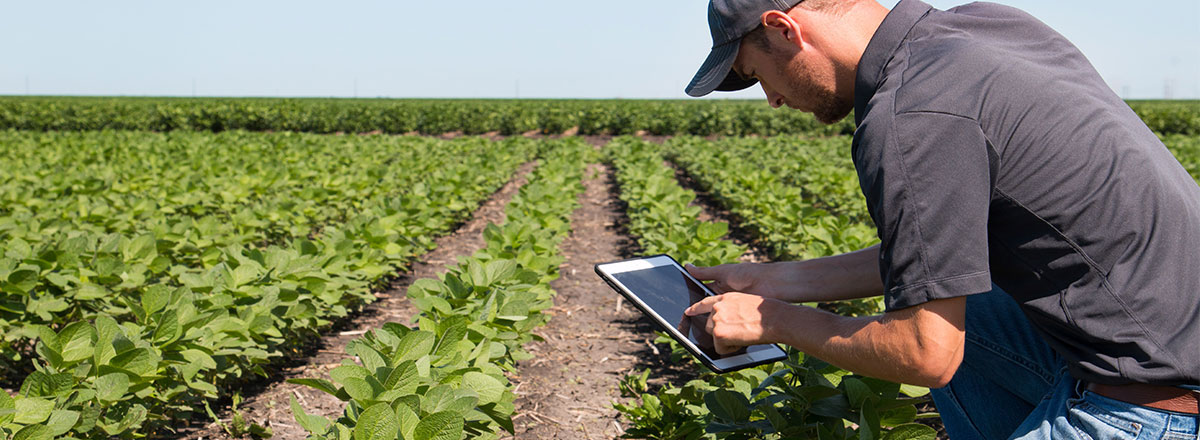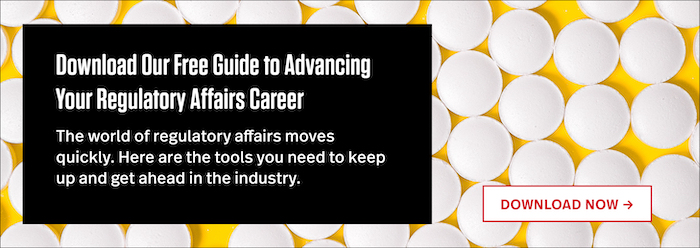To most people, food isn’t all that complicated. When you want something to eat, you go to the grocery store and pick it up, or you stop at a local restaurant for your meal.
But the reality is our food supply system is one of the most complex industries in the world, touching the lives of anyone who doesn’t grow and harvest their own food. In a country like the United States, nearly everyone will interact with the food industry in some form or another, making it an integral part of the nation’s health and economy.
This complexity brings with it a number of challenges, such as food safety, authenticity, defense, and security—issues which have been in focus for a number of years. Though the industry has yet to develop a “silver bullet” of a solution, a number of technologies have shown great potential as possible remedies to the industry’s major challenges.
One such technology which has the potential to impact how the food industry operates is blockchain. Here’s how blockchain may soon be used to address the key challenges being faced by the food industry.
Key Challenges in Food Safety
1. Food will always pose a certain level of risk.
We consume food, and in doing so, we absorb whatever that food consists of. In the best case scenario, this means that we are consuming only positive macro- and micronutrients.
But in a worst-case scenario, we could be consuming any of a number of contaminants, from disease-causing bacteria to life-destroying chemicals to anaphylaxis-inducing allergens.
This is why the food industry is one of the world’s most heavily-regulated industries, with local, state, federal, and even international regulations influencing how food is manufactured and distributed. These regulations are designed to reduce the likelihood of an incident from happening, as the severity of such an incident can be catastrophic.
But despite these regulations and fail-safes, incidents still occur each year. Whenever you consume food, there will always be at least some level of risk.
According to the Centers for Disease Control and Prevention, an estimated 48 million individuals in the United States contract a foodborne illness each year. Of those who get sick, 128,000 will be hospitalized, and 3,000 will die.
The severity of these incidents makes it critical for the industry to be able to react quickly and efficiently when an outbreak occurs, determining the exact source of an outbreak and putting into action a plan to limit consumer exposure to the contaminants.
2. Complex supply chains increase the opportunity for risk.
The food supply chain is incredibly complex, which makes it challenging for stakeholders to react quickly in the event of an issue.
Just a few generations ago, when we wanted food, we would get it straight from the source: Our own farms or gardens, a local farm, or a shop that purchased from a local farm. But today, shopping and eating habits have transformed. As we rely more and more on foods grown in other states and in other countries, we have grown further from the source of our food. This has decreased our ability to place blind trust in food while increasing the opportunity for risk.
Take, for example, a single distributor of lettuce. This distributor may be purchasing lettuce from hundreds of individual farmers from a number of different countries or states, storing them in a number of different warehouses, and then distributing them through a number of channels to markets all around the world.
If an outbreak of Salmonella or E.coli were linked to specifically to lettuce, it would become critical to pinpoint the exact source of the contamination so that the situation could be rectified and the market stabilized.
Did the outbreak originate during shipping? Did it originate at a particular warehouse or handling facility? Did it originate at a specific farm where the plant was grown? Or is it even possible that there were a number of sources?
Unfortunately, this is currently one of the most challenging pieces of the puzzle when it comes to containing and understanding an outbreak.
And that is for a single-ingredient item: Lettuce.
Now consider the fact that most processed food product consists of multiple ingredients, each sourced from its own complex network of global suppliers. If pinpointing the source of an outbreak for a single-ingredient product like lettuce is challenging, imagine how challenging it can be for a product like a frozen dinner or a pot pie, which may consist of dozens of ingredients.
The Role of Blockchain in Food Safety
Unfortunately, incorporating blockchain into the quality assurance process will do nothing in and of itself to limit the severity of an incidence of foodborne illness or other types of contamination. So long as an outbreak occurs, it will carry the potential for doing great harm, particularly among the most vulnerable in society: children, the elderly, and others with compromised or underdeveloped immune systems.

There is, though, great potential for blockchain in limiting the likelihood of such an outbreak from growing too large or from occurring altogether.
Blockchain is a decentralized, digital ledger that lives in multiple locations simultaneously. The data stored within the chain are essentially tamperproof: The records cannot be erased, altered, lost, or forged. This defining characteristic of blockchain makes its use in the financial sector obvious, but it also has a great deal of potential in food safety.
So long as the information is accurate and complete when it is entered into the record, data can be referenced much more quickly, and with greater confidence, than when using traditional recordkeeping methods.
When you are working to contain a case of Salmonella or E.coli, every second counts. Having a secure blockchain record to reference can make it easier not only to recall the exact cases, lots, and batches that are likeliest to be contaminated, but to also pinpoint the exact source of the incident so that it can be resolved.
Blockchain is Only One Piece of the Puzzle
It’s important to realize that, though blockchain shows a lot of potential for a number of industries, including the food industry, we are still a long way from a complete blockchain-based solution. And, even when blockchain solutions do become more mainstream, the technology will only be one piece of the food safety puzzle. when it comes to food safety.
According to Darin Detwiler, assistant dean and professor of at Northeastern University’s College of Professional Studies, “Food companies need a strong foundation for food safety and traceability before even considering how blockchain will accelerate their food safety efforts.”
Organizations interested in implementing blockchain for food safety or for any other industry should first understand whether or not their quality assurance processes are ready for blockchain.
And when the underlying processes are, in fact, ready, organizations should keep in mind that blockchain offers a reactionary solution. While helpful in abating an incident once it has occurred, it is just as important to consider the other technologies and practices which will be critical in preventing an incident from occurring in the first place.
Are you ready to advance your career in the food safety industry? Download our free guide below to learn how.







Related Articles
4 Ways to Stay Competitive in Regulatory Affairs
Emerging Trends in Regulatory Affairs in 2022
How to Stay Updated on Regulatory Changes